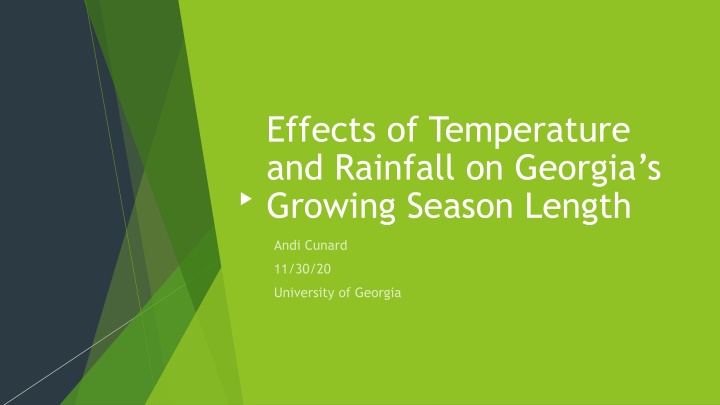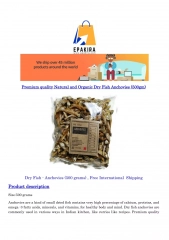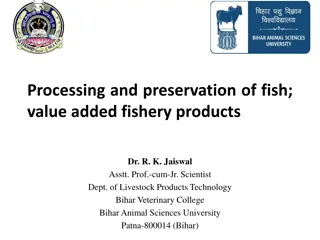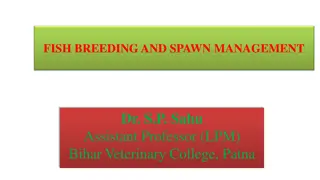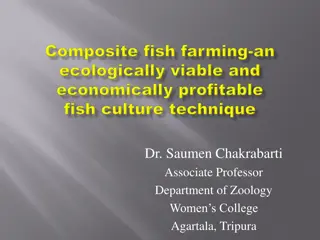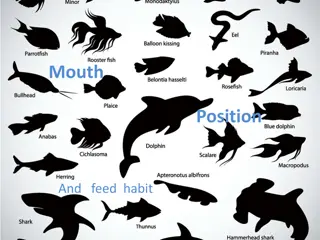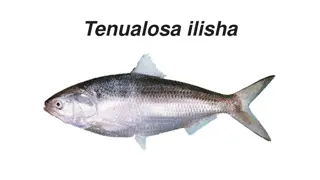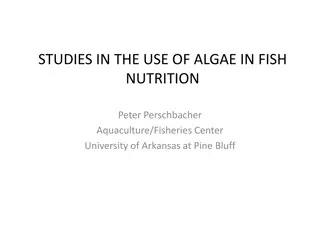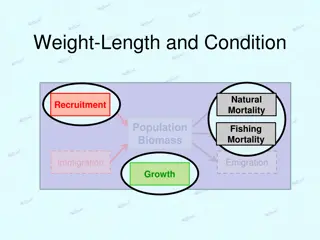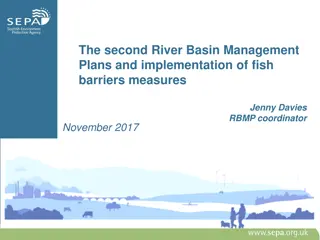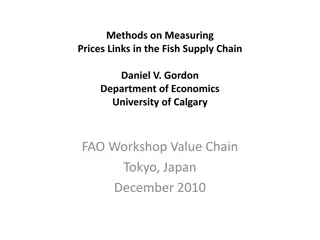Fish Age-Length Key Analysis
Analysis of fish stock parameters, including growth and mortality rates, through age-length key assessment is essential but costly. The process involves measuring fish length, assigning ages to a sample, and developing age-length relationships using contingency tables.
Download Presentation

Please find below an Image/Link to download the presentation.
The content on the website is provided AS IS for your information and personal use only. It may not be sold, licensed, or shared on other websites without obtaining consent from the author.If you encounter any issues during the download, it is possible that the publisher has removed the file from their server.
You are allowed to download the files provided on this website for personal or commercial use, subject to the condition that they are used lawfully. All files are the property of their respective owners.
The content on the website is provided AS IS for your information and personal use only. It may not be sold, licensed, or shared on other websites without obtaining consent from the author.
E N D
Presentation Transcript
Effects of Temperature and Rainfall on Georgia s Growing Season Length
Background The term growing season can be defined as the time between the last and first freezing air temperatures according to the U.S. Department of Agriculture s National Agricultural Statistics Service. (Christiansen et al., 2011). Increased rainfall may boost the growing season and allow for more harvests, while an increase in temperature may allow for more crops to be grown at higher latitudes (Research Council of Norway, 2012). Studies have shown that Georgia temperatures have increased since the 1960s (Keggenhoff et al., 2015). Agriculture is especially important in the state of Georgia, contributing billions of dollars to the state s economy annually with major crops such as peanuts, cotton, blueberries, and tobacco (Flatt, 2004).
Literature Review Accounting for Rainfall and the Length of Growing Season in Technical Efficiency Analysis Impacts of Climate Change on the Growing Season in the United States Purpose: to study the effects of climate change on the growing season. Purpose: to study physical environmental impacts on growing season length and production efficiency. Methods: examined total length, and changes in start vs end dates. Results: rainfall has a direct impact on agricultural productivity. Conclusions: growing season length in all areas studied across 11 states increased, with a delay in the first and last freezes due to an increase in temperature. Conclusions: rainfall can be beneficial to soil production capacity and crop yield, but excessive rainfall can cause negative effects.
1. How Georgias annual temperatures are changing and if so, by how much; if there is any correlation between changes in annual temperature and changes in the length of the growing season. Objectives: I wanted to measure the effects of changes in temperature and rainfall on the length of Georgia s growing season. 2. How Georgia s annual rainfall is changing, and if so, by how much; if there is any correlation between changes in annual rainfall and changes in the length of the growing season. 3. If temperature or rainfall has more of an effect on the length of Georgia s growing season based on the data collected.
The data for the average annual temperatures and rainfall of Georgia came from the website of the National Weather Service Forecast Office in Peachtree City, Georgia. The data for the length of the growing seasons of Georgia came from the website of the National Weather Service, and the measurements themselves were provided by the Southeast Regional Climate Center. Data Sources vs Methods 1. I recorded all average annual values for temperature, rainfall, and growing season length. 2. I calculated the mean averages for each measurement in 10-year increments. 3. I plotted the seven mean averages in a line graph to represent 70 years. 4. I inserted a trendline to display changes over time for each measurement. 5. I analyzed each figure for obvious trends, and I compared these trends across each measurement.
Georgias Average Annual Temperatures from 1948-2018 Georgia s Growing Season Length from 1948-2018
Georgias Average Annual Rainfall from 1948-2018 Georgia s Average Annual Temperatures from 1948-2018
Discussion There is a correlation between temperature and the length of the growing season. There is a correlation between rainfall and the length of the growing season. The correlation between temperature and growing season length is stronger than that between rainfall and growing season length. Based on results of other studies, these conclusions are reasonable. Increased rainfall may boost the growing season and allow for more harvests, while an increase in temperature may allow for more crops to be grown at higher latitudes (Research Council of Norway, 2012). Because of global warming in the Northern Hemisphere, there is a longer growing season followed by increased growing productivity (Liu et al., 2018).
